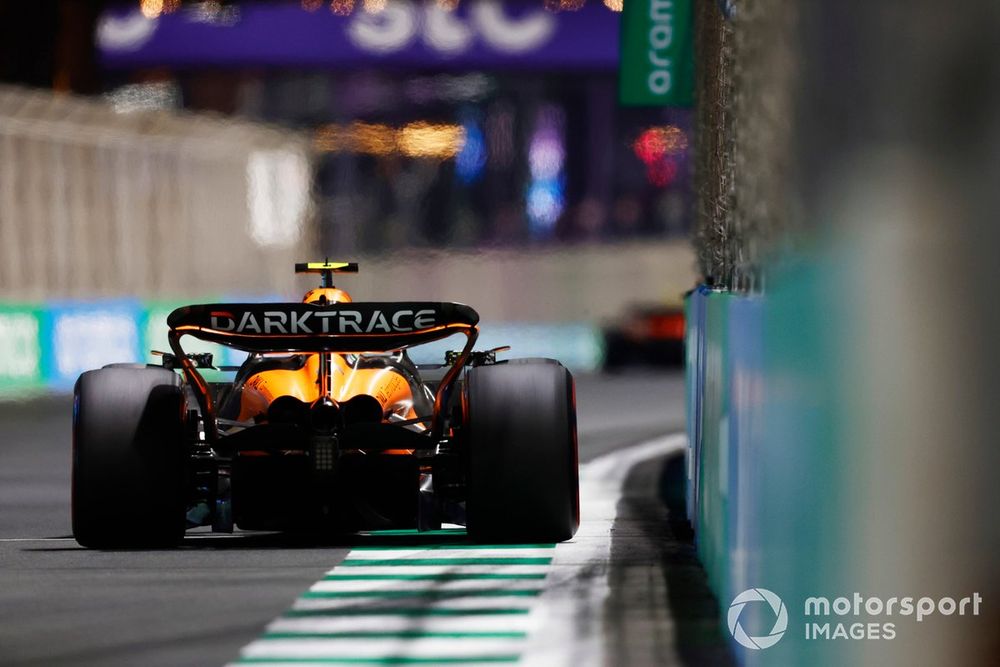While downforce remains an important factor, you will not get far these days if it comes with too much drag. The rewards are huge if you can deliver a car that is super strong in a straight line.
Many of Max Verstappen’s successes have been built on the way in which either he is unpassable at the front or he can easily scythe his way through the pack, because of an inherent top speed advantage.
But achieving the right downforce/drag level for a track is not as easy as it was in the past, where rear wing designs meant the flaps were adjustable, so things could be trimmed up or down depending on what was best.
With the modern generation of rear wings, and the way the rules are configured, flap angles are fixed. The game has therefore changed and, if a team wants to deliver a lot less drag or a lot more downforce, then that means a totally different rear wing.
Over the first two years of the current rules era, a number of teams had perhaps not focused as much attention on this area – but that has all changed now as the reality has bit about this critical element of performance.
As McLaren team principal Andrea Stella explained, the only way teams can adjust drag levels now is with new families of wings.
“Once you have a certain car that is relatively mature, like the launch car, the drag level is pretty much set by the rear wing,” he said. “It’s not like because you have all the bodywork, floor, and front wing, you need to kind of redesign new families of rear wings [to compensate].
Lando Norris, McLaren MCL38
Photo by: Zak Mauger / Motorsport Images
“You design new families of rear wings because you see that in introducing new families, you just find more efficient rear wings. So, it’s not like the rear wing needs to follow, in terms of drag level, the overall car. It almost has an independent journey.”
But this is not to say that teams can pursue a super-low-drag wing and expect it to automatically work.
The current cars are very much about how every aero component talks to another, so being able to trim back on a rear wing can only come if there is a degree of confidence over the rest of its performance.
As Stella added: “The rear wing does interact with the shape of the bodywork, with the shape of the floor, and with the rear brakes.
“So, you do have to do all this combination creating the car as a single element, in harmony with the rest. But it’s not like…
Click Here to Read the Full Original Article at Motorsport.com – Formula 1 – Stories…

